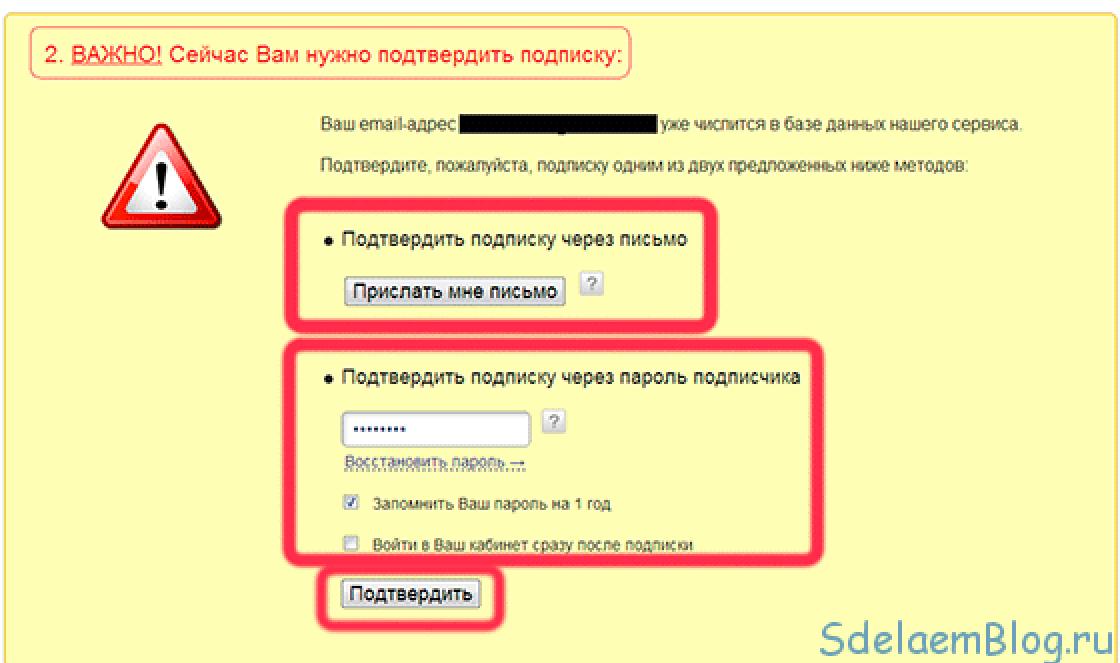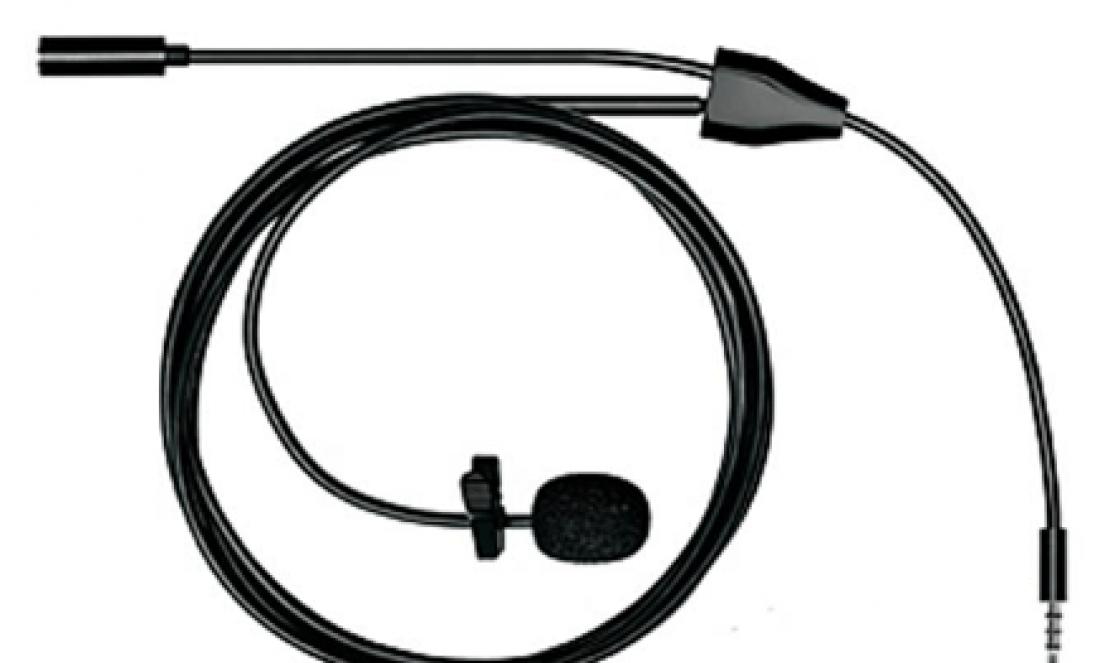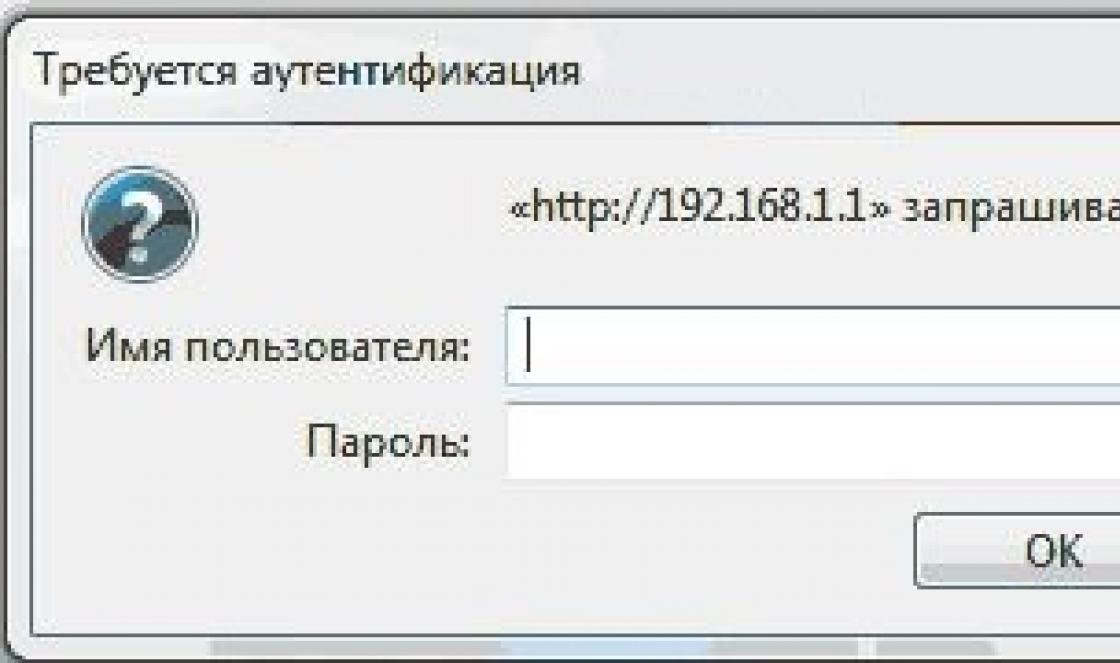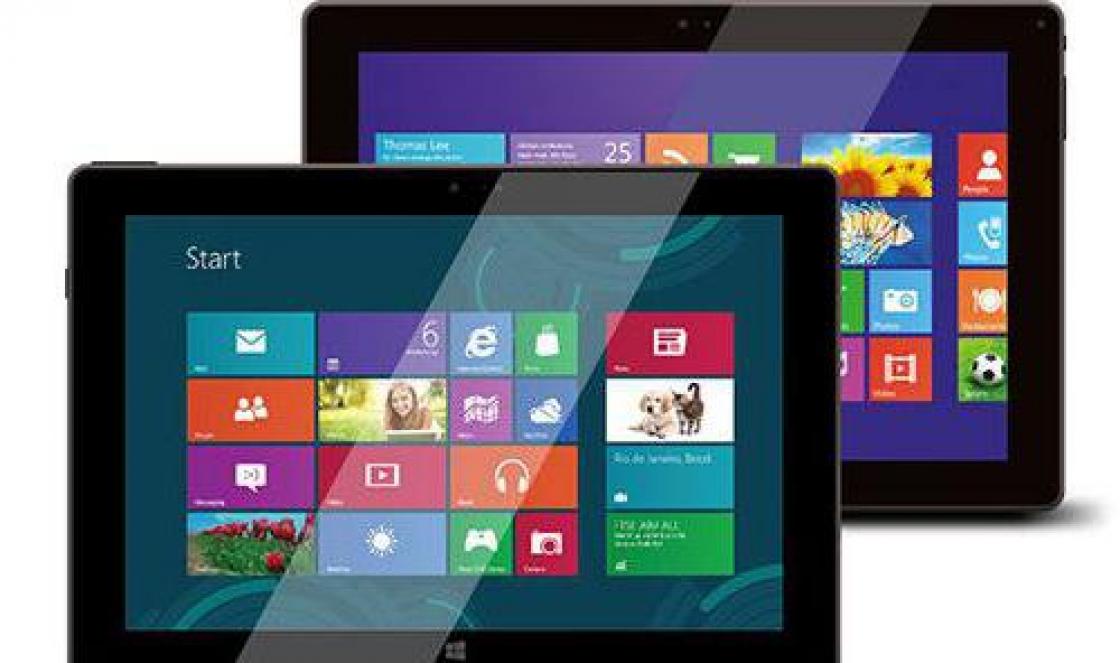- Slow operation of the old device on new versions of the system
- bugs, freezes, freezes, problems with autonomy and the desire to return a stable version of the firmware (hello iOS 11)
- dissatisfaction with the new design and poor implementation of the stated functions
Unfortunately, the rollback any iPhone before any iOS version is not possible. The fact is that in 2009 year Apple introduced restrictions on the ability to rollback certain devices to a specific firmware version. Therefore, before starting the procedure, check whether your smartphone can return to the desired version of iOS.
Disabling the Find My iPhone option
This option is designed to help you locate your device if it is lost or stolen. It blocks any manipulations with the firmware, so you need to disable it before resetting the device. Otherwise, all rollback attempts will result in an error message.
Turn off Touch ID and passcode
- Open Settings
- Go to "Touch ID and Passcode"
- If necessary, enter a passcode
- Select "Turn off passcode"
- Then confirm the action in the pop-up message
Ways to downgrade iPhone firmware
Method 1: Downgrade iOS using iTunes
- Disable iPhone
- When the smartphone screen goes dark, connect the device to the computer
- Click Home button and do not release it until the display shows schematic icons of iTunes and Lightning wires (iPhone 7/7 Plus owners must press the volume down key)
- Afterwards you can launch iTunes; the program automatically recognizes the smartphone in desired mode
- A warning pop-up window will appear on your computer screen - click “Cancel” on it
- Then, while holding Shift(Windows) or Alt(Mac), initiate recovery. To do this, click the appropriate button
- In the dialog box that opens, select the pre-downloaded firmware file with the extension .ipsw
- Wait until the firmware is installed on the device. Never disconnect your smartphone from your computer.
- After turn on iPhone execute initial setup and if necessary restore it from backup copy
Attention! If you want to return not to the previous, but to one of the earlier versions of the firmware, we recommend doing a sequential rollback. That is, roll back to previous version, then to the previous one, etc. Otherwise, the device may display an error and will not boot. Instead, the Lightning lanyard and the iTunes icon will appear on the screen again.
Method 2. Rollback in DFU Mode
DFU Mode- alternative installation mode for stable versions of the system. Used in cases where the previous method does not work for some reason. Be prepared for the fact that during the flashing process the device will not show any signs of life and will not respond to button presses.
- Connect iPhone to Windows PC/Mac
- Turn off the device
- Launch iTunes on PC/Mac
- Press and hold the Home and Power/Power buttons for 10 seconds
- Remove your finger from the Power/On button without releasing the Home button
- Wait until the device is recognized by iTunes in the desired mode (DFU Mode)
- Select your device
- Click “Restore iPhone” while holding alt for macOS and shift for Windows
- In the window that appears, specify the path to the pre-downloaded hard drive firmware file and click the “Open” button
- Wait until the operation is completed, after which you can turn on the device
Method 3. Rollback iPhone while saving user data
This option is considered less reliable than the two described above, since the required firmware version is not installed from scratch. However, it allows you to save music, photos, contacts and other important information on the device (can be useful if you don't have time to restore this data from a backup).
To do this, in iTunes → Device recovery menu, instead of the “Restore iPhone...” button, click “Update”.
Wait for the process to complete. The device will be updated to the specified firmware version in automatic mode, after which it will turn on.
It is possible to roll back to previous version operating system. Apple traditionally leaves this option for a short time after the release of each new OS. A day after the update was released, the company is still issuing certificates for iOS 8.4.1.
Released September 16 iOS update 9 is large soft release with a large list of changes and improvements. However, many iPhone and iPad owners report problems with their devices. The failures began at the stage of downloading the update, when people could not receive the promised distribution due to the unavailability of Apple services.
Owners of iOS devices complain about incorrect Wi-Fi operation, missing menu items in settings, graphic artifacts when displaying the interface, and freezing of the operating system. Among the innovations in iOS 9 are improved power consumption algorithms, but in reality, the gadgets’ battery loses charge too rapidly.
Probably, subsequent updates to iOS 9 will fix these problems, but until then it makes sense to perform the downgrade procedure - rollback to iOS 8 firmware. We are talking only about iOS 8.4.1 version - Apple still issues digital signatures for it. It is worth remembering that the situation can change at any moment.
Requirements:
- iPhone or iPad running iOS 9.0.
- File iOS firmware 8.4.1 in IPSW format.
- iTunes 12.3 for Mac or Windows.
How to downgrade from iOS 9.0 to iOS 8.4.1:
Step 1: Download iOS 8.4.1 IPSW file from this link.
Step 2: Make sure you have the latest version of iTunes. You can download iTunes 12.3.
Step 3: Make a backup of your device data. This can be done by going to iCloud settings -> Backup -> Create a backup, or by connecting your iPhone or iPad to your computer and saving a backup using iTunes.
Step 4: Disable Touch ID/Password in the main settings section.
Step 5: Turn off Find My iPhone in Settings -> iCloud.
Step 6: Connect to iPhone computer or iPad with iOS 9.0 on board to your computer.
Step 7: Open iTunes and top panel programs, select the icon of your gadget.
Step 8: Hold Shift on your keyboard (or Alt on OS X) and click the “Restore” button.
Step 9: In the program window, specify the iOS 8.4.1 firmware file downloaded in step 1.
Step 10: Wait for the procedure to complete, the OS recovery process will take some time. You can now use your device with iOS 8.4.1.
As you know, Apple does not allow you to install old firmware versions. All this was done for security reasons, and thanks to this approach, most users do not have to worry about the safety of their personal data. How exactly does the firmware signing system work?
The update process occurs as follows: iTunes or the device itself (when updating over the air) accesses special server Apple requests verification of the digital signature. The process sends the device identifier (ECID) and therefore the server response is unique for each request. If everything is fine, then it happens digital signature firmware (SHSH) and the installation process begins.
Is it possible to bypass this system?
Yes, SHSH with Apple server It can be requested not only by iTunes, but also by any other program. The developer 1Conan has created a tool that allows you to save SHSH2 certificates: https://tsssaver.1conan.com/. To use this method, you need to know the ECID of your iOS device.
How to find out the ECID of your iPhone, iPad or iPod Touch?
- Connect your iOS device to your computer.
- Launch iTunes and select the Browse tab in the left pane.
- Click in the field " Serial number» on the Review tab until the ECID number appears.
- Go to the website - https://tsssaver.1conan.com/.
- Enter your ECID in the iTunes (Hex) field.
- Now all you have to do is select the model of your device.
- Immediately after this, the certificates can be downloaded.
It is important to understand that this tool allows you to save only SHSH2 of current versions, however, after the firmware is no longer signed, the certificates will not lose their relevance and you can rollback.
In addition to saving the certificates, we will need to perform one more operation - configure the nonce. How is this done? Each firmware has its own tool for this.
Actually, the utilities themselves:
https://github.com/arx8x/v0rtexNonce (iOS 10.3-10.3.3)
https://github.com/Siguza/PhoenixNonce (iOS 9.3.4-9.3.5)
https://github.com/julioverne/NonceSet112/ (iOS 11.1.1- 11.1.2)
https://github.com/Siguza/cl0ver (iOS 9.0-9.3.4)
So what is a nonce? Every time your device boots into Recovery mode, it generates a nonce value (a unique number each time). Our saved SHSH2 has a Generator and ID line. Our task is to make the nonce number and the ID number the same. If you are using a jailbreak device, you can do this using the programs listed above.
On September 19, Apple released final version iOS 11. Millions of iPhone, iPod and iPad users immediately began updating “over the air” and today everyone decided whether it was worth staying on new version system or is it better to wait for the time being on the more stable iOS 10.
At the time of publication of this instruction, Apple continues to sign the iOS version 10.3.3, so the rollback procedure is still possible. If you decide to return to the top ten, try not to hesitate - then it may be too late.
What needs to be done before downgrading from iOS 11 to iOS 10?
The process of preparing an iOS device is quite simple and allows you to restore all data immediately after installing iOS 10, but with one condition - you must have a backup copy in iTunes or iCloud created under iOS 10.
If you downgrade the firmware, you cannot restore data from a backup copy from a newer version of iOS.
Head to the menu Settings -> Touch ID & Password and turn off the corresponding slider. Rollback is possible only when protection is disabled.
How to downgrade from iOS 11 to iOS 10. Step-by-step instructions
1. Hold down the Power key and turn off your iOS device. For iPhone 7: Hold the Volume Down button while holding down the Home button.
2. Hold down the Home key and connect your smartphone using a USB cable to your computer or Mac with installed application iTunes. Hold down the Home key until you see the iTunes icon.
3. iTunes app should recognize your device and offer three options: “Cancel”, “Update” or “Restore”. Select “Cancel”.
4. Download the firmware image specific to your device.
Have you already tried iOS 12, but didn’t like it or just decided to wait a little for a more stable version? You can still downgrade to iOS 11.4.
What you need to know before rolling back
First, you must make a backup of your operating system. You never know, iOS 12 will be crooked or your gadget will turn into a brick.
Via iCloud
Step 1. Open Settings, go to the Apple ID menu (at the very top with your avatar).
Step 2. Open iCloud -> Backup. Above this menu is a list of everything that is saved to the cloud.
Step 3. Turn on the backup switch iCloud copies and wait until a copy is created.
Via iTunes
Step 1. We connect the iPhone or iPad to the computer via wire.
Step 2. Click on the device icon in the iTunes application.
Step 3. Choose This computer.
Step 4. Click Create a copy now.
How to downgrade to iOS 11. Clean installation
To get started, you will need the iOS 11.4 firmware file. Here's the full list:
Before starting the procedure, disable the function Find iPhone. Otherwise, iTunes will refuse to perform the rollback procedure.

Step 1. Connect your gadget to your computer or Mac.
Step 2. Select your device in iTunes.
Step 3. On the Review tab, hold down the OPTION key (Shift for Windows) and tap on the item Restore iPhone.
Step 4. Select the newly downloaded firmware file.
Step 5. Click Restore.
Step 6. Now, when you re-set up your smartphone, you can choose to restore from a backup.
Important: The device cannot be restored from a backup created on iOS 12.
During installation no way Do not disconnect your iOS device from your computer. The average recovery time is 15-20 minutes.





